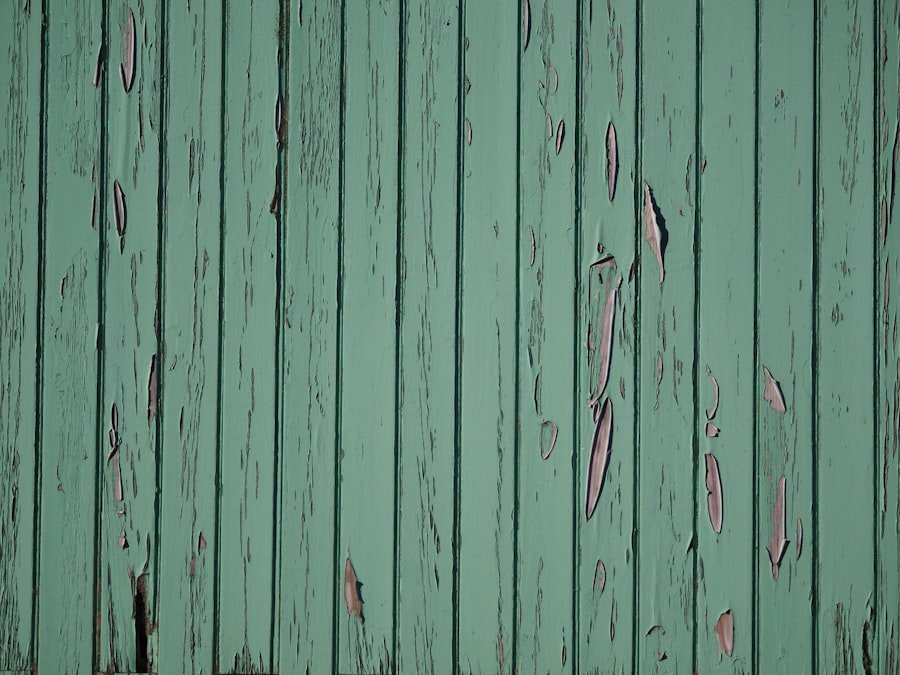Before embarking on the process of replacing a screen protector, it is essential to first assess its current condition. This initial evaluation can save time and prevent unnecessary complications during the removal process. A screen protector may exhibit various signs of wear and tear, such as scratches, cracks, or peeling edges.
If the protector is significantly damaged, it may be more challenging to remove, as fragments could break off and stick to the device’s screen. Conversely, if the protector is still in relatively good shape, it may come off more easily, allowing for a smoother transition to a new protector. In addition to physical damage, one should also consider the type of screen protector in use.
There are several varieties available on the market, including tempered glass, plastic film, and liquid screen protectors. Each type has its own characteristics and removal techniques. For instance, tempered glass protectors tend to be thicker and more rigid, which may require a different approach compared to a flexible plastic film.
Understanding these differences can help in determining the best method for removal and ensure that the device’s screen remains intact throughout the process.
Key Takeaways
- Check for any cracks, scratches, or lifting edges on the screen protector
- Gather a microfiber cloth, a hairdryer, and a plastic card for the removal process
- Use the hairdryer to warm up the adhesive and make it easier to remove the screen protector
- Slowly and gently peel off the screen protector using the plastic card to avoid damaging the screen
- Wipe the screen with the microfiber cloth to remove any residue or dust before applying the new screen protector
Gather necessary tools and materials
Once the condition of the screen protector has been assessed, the next step is to gather all necessary tools and materials for the removal process. Having everything on hand before starting will streamline the procedure and minimize interruptions. Essential tools typically include a heat source, such as a hairdryer or heat gun, which will be used to loosen the adhesive that holds the screen protector in place.
Additionally, a plastic card or a specialized screen removal tool can be beneficial for gently prying up the edges of the protector without damaging the underlying screen. In addition to these tools, it is wise to have cleaning supplies ready for use after the old protector has been removed. A microfiber cloth is ideal for wiping down the screen, as it is gentle and will not scratch the surface.
Furthermore, a solution of isopropyl alcohol or a dedicated screen cleaner can help eliminate any residue left behind by the adhesive. Having these materials prepared in advance will ensure that the entire process runs smoothly and that the device is left in pristine condition after applying a new screen protector.
Use heat to loosen the adhesive

With all necessary tools gathered, it is time to begin loosening the adhesive that secures the screen protector to the device. Applying heat is an effective method for achieving this goal, as it softens the adhesive and makes it easier to peel off the protector without causing damage to the screen beneath. If using a hairdryer, set it to a low or medium heat setting and hold it approximately six inches away from the screen.
Move it back and forth across the surface of the protector for about 30 seconds to one minute, ensuring that you do not overheat any specific area. If a heat gun is being used instead, exercise caution as these devices can generate much higher temperatures. It is advisable to keep the heat gun moving continuously to avoid scorching any part of the device.
The goal is not to make the protector hot to the touch but rather warm enough to soften the adhesive bond. Once sufficient heat has been applied, you should notice that the edges of the screen protector begin to lift slightly, indicating that it is ready for removal.
Carefully peel off the screen protector
| Screen Protector Type | Peeling Difficulty | Time Required |
|---|---|---|
| Glass | Easy | 5 minutes |
| Plastic | Moderate | 10 minutes |
| Tempered Glass | Difficult | 15 minutes |
After adequately warming the screen protector, it is time to proceed with peeling it off. This step requires patience and a gentle touch to avoid damaging the device’s screen. Begin by using a plastic card or your fingernail to carefully lift one corner of the protector.
It is crucial to start at an edge rather than attempting to pull from the center, as this can lead to cracking or shattering if too much force is applied. Once you have successfully lifted one corner, slowly and steadily pull back on the protector at a low angle. This technique helps minimize stress on both the protector and the underlying screen.
If you encounter resistance or if any part of the adhesive remains stuck, stop pulling and reapply heat to that area before continuing. It is essential to remain cautious during this process; rushing can lead to mistakes that may result in damage to your device.
Clean the screen
With the old screen protector removed, attention must now turn to cleaning the device’s screen thoroughly before applying a new protector. This step is critical because any dust, fingerprints, or residue left on the surface can interfere with adhesion and affect visibility once a new protector is in place. Begin by using a microfiber cloth to wipe away any loose debris or dust particles from the screen.
Next, dampen another section of your microfiber cloth with isopropyl alcohol or a dedicated screen cleaner. Gently wipe down the entire surface of the screen in circular motions, ensuring that you cover every inch. This cleaning solution will help dissolve any sticky residue left behind by the old adhesive while also disinfecting the surface.
After cleaning with alcohol, use a dry section of your microfiber cloth to buff away any remaining moisture and ensure that no streaks are left behind.
Apply a new screen protector

Now that you have prepared your device by cleaning its screen thoroughly, it is time to apply a new screen protector. Before doing so, take a moment to review any instructions provided with your new protector; different types may have specific application techniques that can enhance their effectiveness. Begin by aligning the new protector with your device’s screen without removing any backing film just yet.
This step allows you to ensure proper fit and alignment with any cutouts for cameras or sensors. Once you are satisfied with the alignment, carefully peel off one side of the backing film while simultaneously pressing down on that side of the protector against the screen. This technique helps prevent air bubbles from forming underneath as you continue applying pressure across the surface.
Gradually peel away more of the backing while smoothing out any bubbles with your fingers or a plastic card as you go along. If air bubbles do form despite your best efforts, they can often be pushed toward an edge using gentle pressure. After successfully applying the new screen protector, take a moment to inspect your work for any imperfections or misalignments.
If everything looks good, allow some time for any adhesive to set properly before using your device extensively. Following these steps will not only ensure that your device remains protected but also enhance its longevity and usability in everyday situations.
If you are looking for more information on how to properly remove a screen protector from your iPhone, you may want to check out this article on AppsSoftwares. They provide helpful tips and tricks for safely removing screen protectors without damaging your device.
FAQs
What is a screen protector?
A screen protector is a thin layer of material that is placed over the screen of a smartphone to protect it from scratches, cracks, and other damage.
Why would I need to remove a screen protector from my iPhone?
You may need to remove a screen protector from your iPhone if it is damaged, dirty, or if you want to replace it with a new one.
How do I remove a screen protector from my iPhone?
To remove a screen protector from your iPhone, you can use your fingernail or a small, flat object to gently lift the edge of the protector and peel it off. Be careful not to scratch the screen of your iPhone while doing this.
Are there any special tools I need to remove a screen protector from my iPhone?
You do not need any special tools to remove a screen protector from your iPhone. However, a small, flat object like a credit card or a plastic spudger can be helpful in lifting the edge of the protector.
What should I do if the screen protector is difficult to remove?
If the screen protector is difficult to remove, you can try using a hairdryer on a low heat setting to warm the adhesive and make it easier to peel off. Be careful not to overheat the screen of your iPhone.
Can I reuse a screen protector after removing it from my iPhone?
It is not recommended to reuse a screen protector after removing it from your iPhone, as the adhesive may not stick as well the second time and it may not provide the same level of protection. It is best to replace it with a new screen protector.
